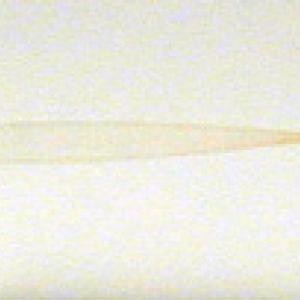College of Liberal Arts & Sciences
3B22.12 - Standing Waves in a String - Electrically Driven Tuning Fork
Set the device up much the same way as the other Melde's device (3B22.11). Turn on the power supply to about 8 volts and adjust the point screw for a fairly large amplitude. Adjust the tension device on the other end of the string until the desired number of standing waves in obtained. NOTE: too much tension on the string will stop the tuning fork.
- D. Rae Carpenter Jr. "Letters: Impedance Matching with Speakers", TPT, Vol. 30, # 9, p. 516, December 1992.
- John G. McCaslin, "Melde's Experiment Apparatus", TPT, Vol. 18, #1, Jan 1980, p. 69.
- Sa-10: Freier and Anderson, A Demonstration Handbook for Physics.
- W-270: "Audio Oscillator Drives Wire", DICK and RAE Physics Demo Notebook.
- D. Colson, C. J. Lapp, J. A. Eldridge, "Experiment XXX*", 1936 Univ. of Iowa Physics Laboratory Manual, p. 37.
Disclaimer: These demonstrations are provided only for illustrative use by persons affiliated with The University of Iowa and only under the direction of a trained instructor or physicist. The University of Iowa is not responsible for demonstrations performed by those using their own equipment or who choose to use this reference material for their own purpose. The demonstrations included here are within the public domain and can be found in materials contained in libraries, bookstores, and through electronic sources. Performing all or any portion of any of these demonstrations, with or without revisions not depicted here entails inherent risks. These risks include, without limitation, bodily injury (and possibly death), including risks to health that may be temporary or permanent and that may exacerbate a pre-existing medical condition; and property loss or damage. Anyone performing any part of these demonstrations, even with revisions, knowingly and voluntarily assumes all risks associated with them.

